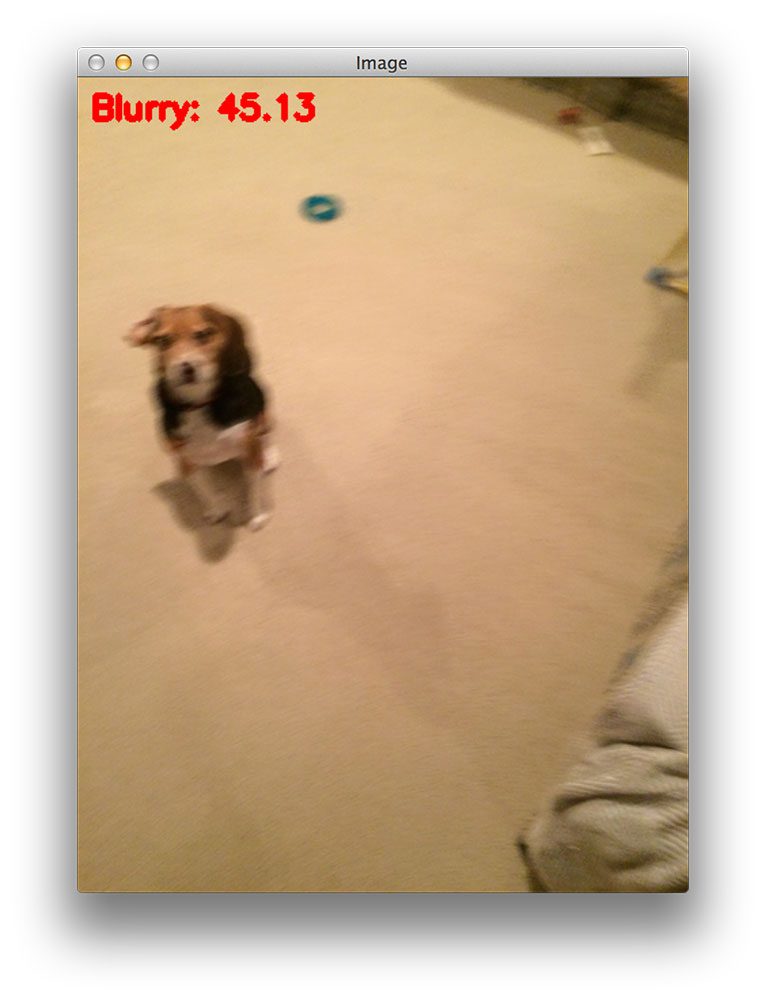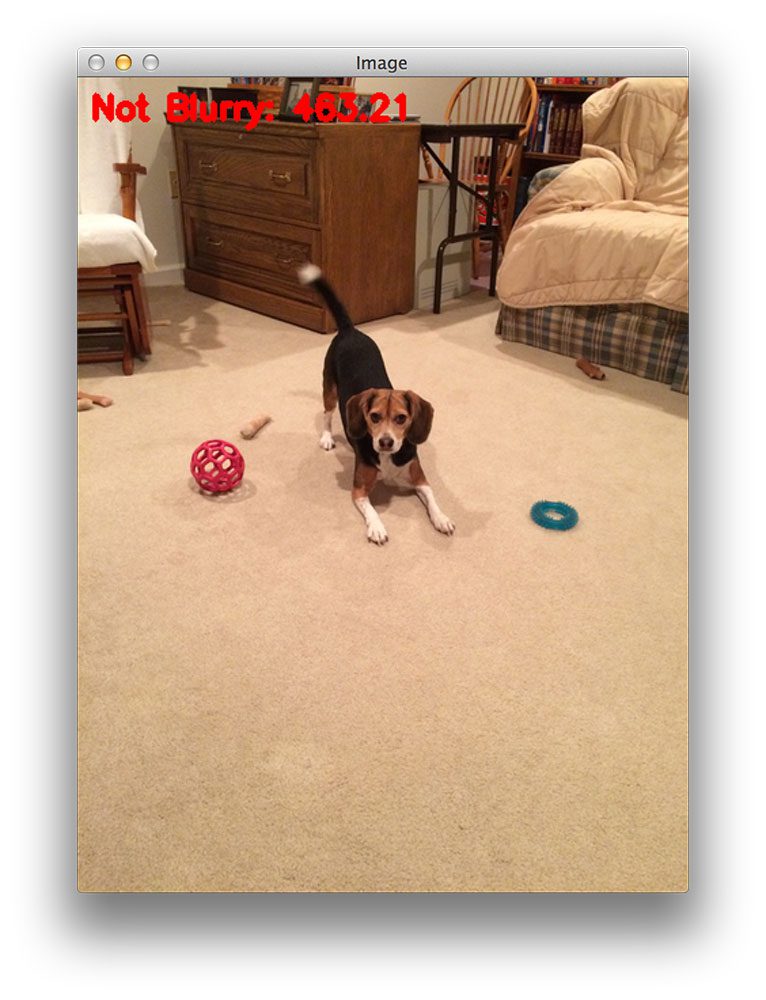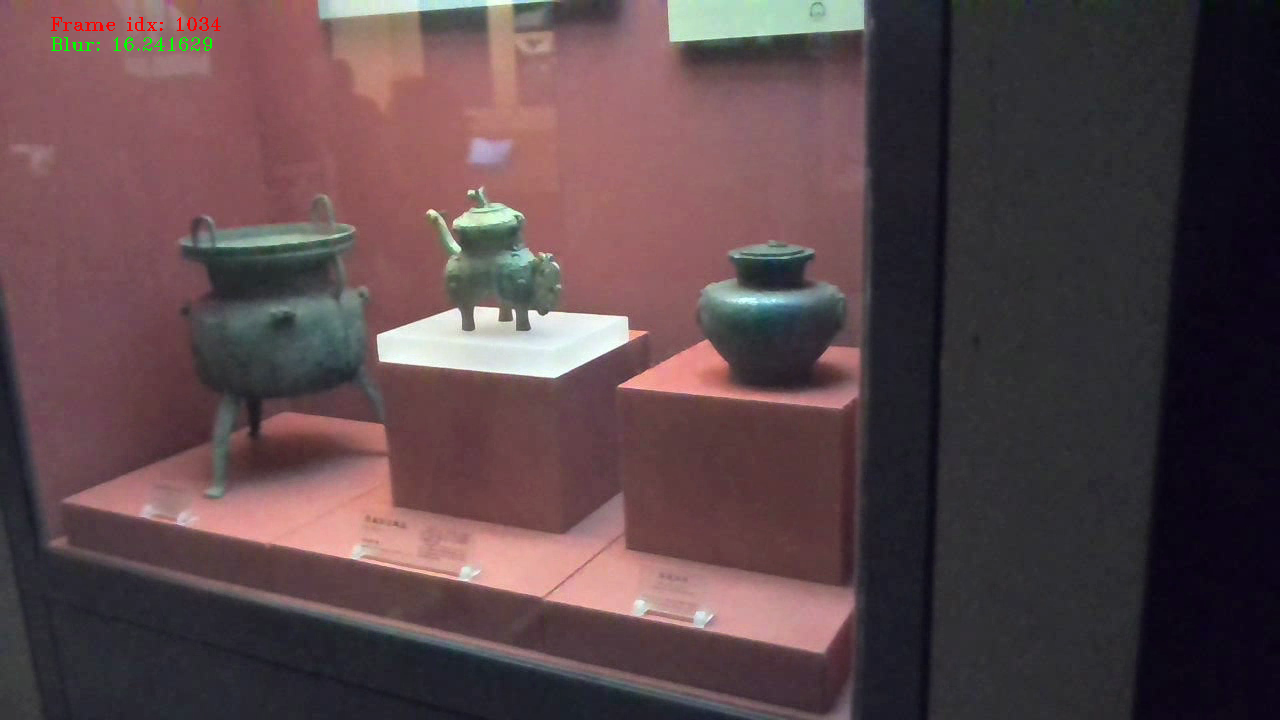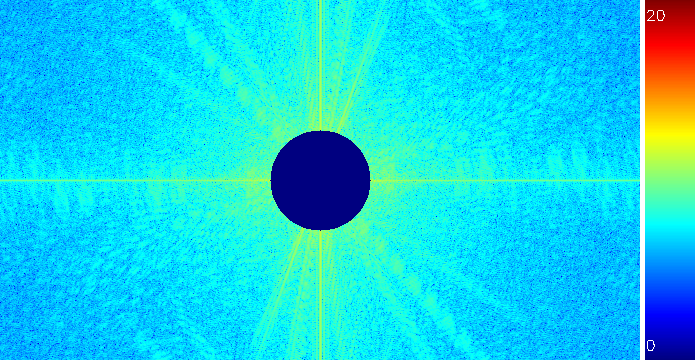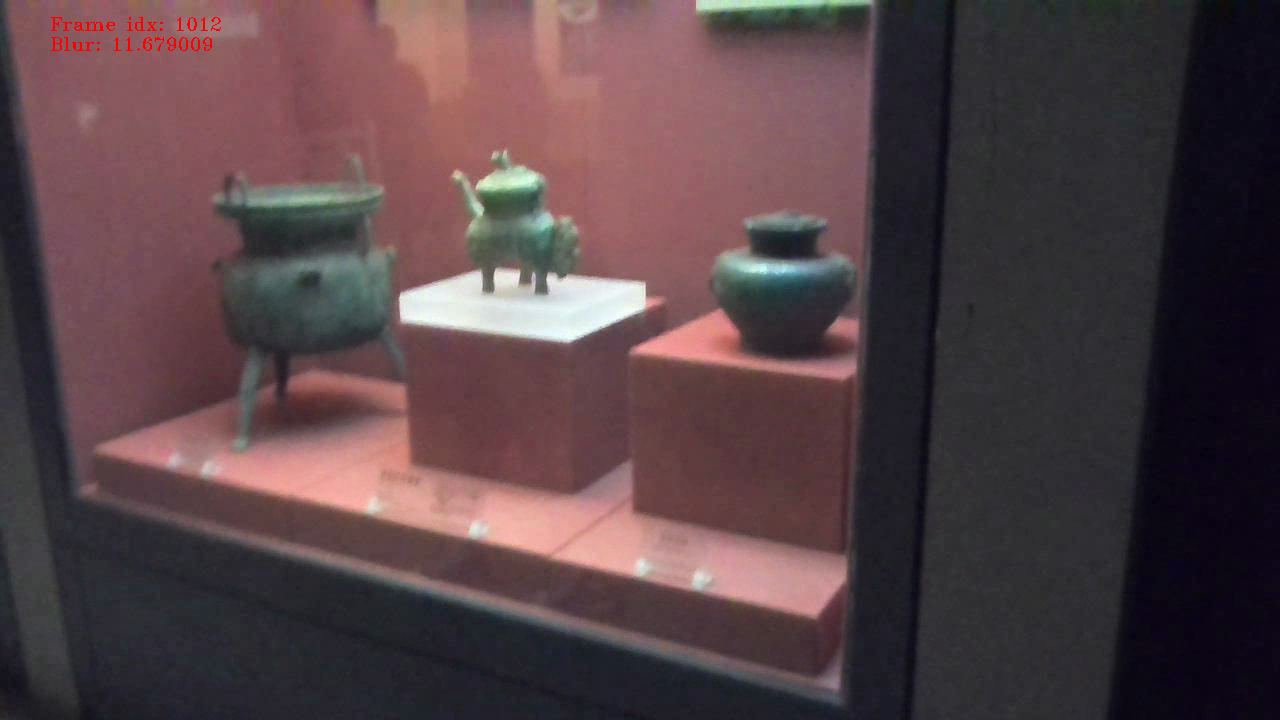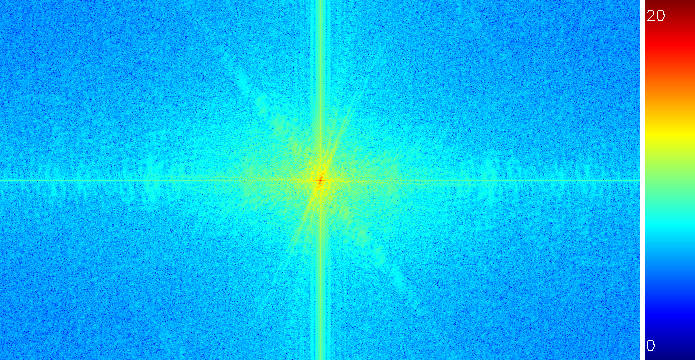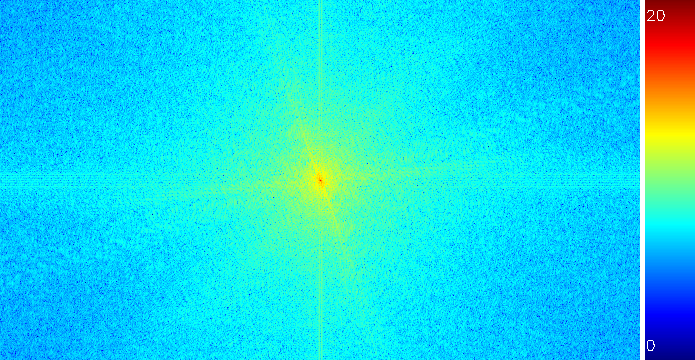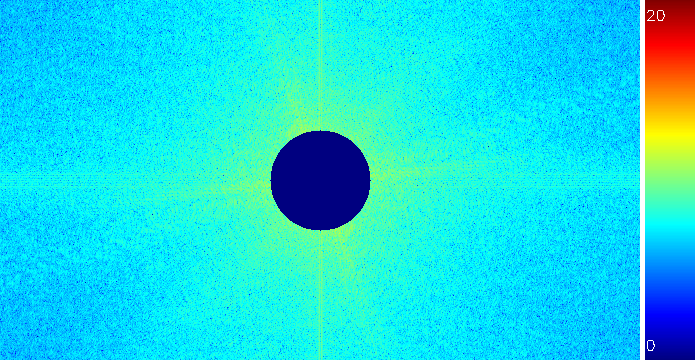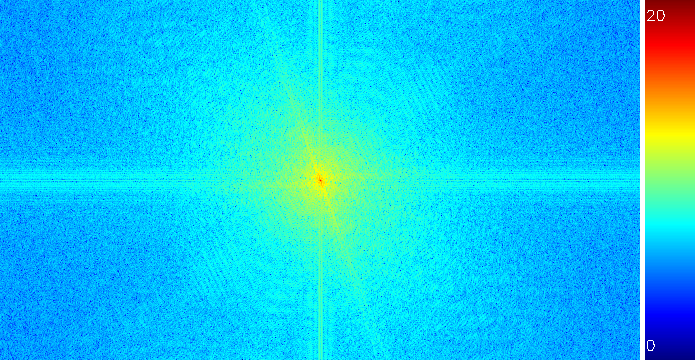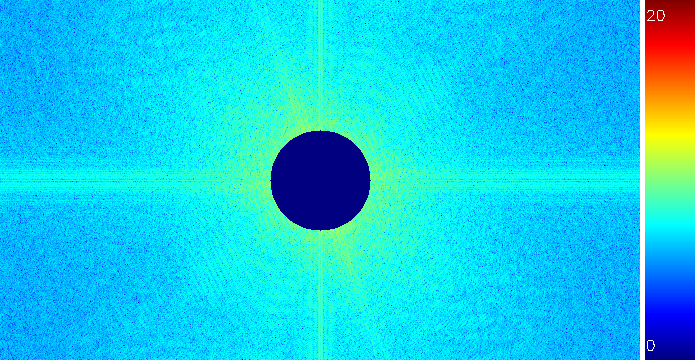1
2
3
4
5
6
7
8
9
10
11
12
13
14
15
16
17
18
19
20
21
22
23
24
25
26
27
28
29
30
31
32
33
34
35
36
37
38
39
40
41
42
43
44
45
46
47
48
49
50
51
52
53
54
55
56
57
58
59
60
61
62
63
64
65
66
67
68
69
70
71
72
73
74
75
76
77
78
79
80
81
82
83
84
85
86
87
88
89
90
91
92
93
94
95
96
97
98
99
100
101
102
103
104
105
106
107
108
109
110
111
112
113
114
115
116
117
118
119
120
121
122
123
124
125
126
127
128
129
130
131
132
133
134
135
136
137
138
139
140
141
142
143
144
145
146
147
148
149
150
151
152
153
154
155
156
157
158
159
160
161
162
163
164
165
166
167
168
169
170
171
172
173
174
175
176
177
178
179
180
181
182
183
184
185
186
187
188
189
190
191
192
193
194
195
196
197
| cv::Mat ColorMat(const cv::Mat &mat_float, bool draw_colorbar = false, const bool is_white_background = false, double min_val = 1, double max_val = 0, const cv::Mat &user_color = cv::Mat(), int colorbar_width = 50, int colorbar_gap = 5) {
if (min_val > max_val) {
cv::minMaxLoc(mat_float, &min_val, &max_val);
}
cv::Mat mat;
mat_float.convertTo(mat, CV_8UC1, 255 / (max_val - min_val), -255 * min_val / (max_val - min_val));
cv::Mat mat_show;
if (user_color.empty()) {
cv::applyColorMap(mat, mat_show, cv::COLORMAP_JET);
} else {
cv::applyColorMap(mat, mat_show, user_color);
}
if (is_white_background) {
cv::Mat mask;
cv::threshold(mat, mask, 0, 255, cv::THRESH_BINARY_INV);
cv::Mat img_white(mat.size(), CV_8UC3, cv::Scalar(255, 255, 255));
img_white.copyTo(mat_show, mask);
}
if (draw_colorbar) {
cv::Mat color_bar_value(cv::Size(colorbar_width, mat_show.rows), CV_8UC1);
cv::Mat color_bar;
for (int i = 0; i < mat_show.rows; i++) {
uchar value = 255 - 255 * float(i) / float(mat_show.rows);
for (int j = 0; j < colorbar_width; j++) {
color_bar_value.at<uchar>(i, j) = value;
}
}
if (user_color.empty()) {
cv::applyColorMap(color_bar_value, color_bar, cv::COLORMAP_JET);
} else {
cv::applyColorMap(color_bar_value, color_bar, user_color);
}
cv::Mat mat_colorbar_show(cv::Size(mat_show.cols + colorbar_width + colorbar_gap, mat_show.rows), CV_8UC3, cv::Scalar(255, 255, 255));
mat_show.copyTo(mat_colorbar_show(cv::Rect(0, 0, mat_show.cols, mat_show.rows)));
color_bar.copyTo(mat_colorbar_show(cv::Rect(mat_show.cols + colorbar_gap, 0, color_bar.cols, color_bar.rows)));
cv::putText(mat_colorbar_show, ToStr(max_val), cv::Point(mat_show.cols + colorbar_gap, 20), cv::FONT_HERSHEY_SIMPLEX, 0.5, cv::Scalar(255, 255, 255), 1);
cv::putText(mat_colorbar_show, ToStr(min_val), cv::Point(mat_show.cols + colorbar_gap, mat_show.rows - 10), cv::FONT_HERSHEY_SIMPLEX, 0.5, cv::Scalar(255, 255, 255), 1);
mat_show = mat_colorbar_show;
}
return mat_show;
};
cv::Mat ShowColorMat(const std::string &name, const cv::Mat &mat_float, bool draw_colorbar = false, const float scale = 1, const bool is_white_background = false, double min_val = 1, double max_val = 0, const cv::Mat &user_color = cv::Mat(), int colorbar_width = 50, int colorbar_gap = 5) {
cv::Mat mat_resize;
cv::resize(mat_float, mat_resize, cv::Size(), scale, scale, cv::INTER_NEAREST);
cv::Mat img = ColorMat(mat_resize, draw_colorbar, is_white_background, min_val, max_val, user_color, colorbar_width, colorbar_gap);
cv::imshow(name, img);
return img;
}
cv::Mat FilterMask(const float radius, const cv::Size &mask_size) {
cv::Mat mask = cv::Mat::ones(mask_size, CV_8UC1);
cv::circle(mask, cv::Point(mask_size.width / 2, mask_size.height / 2), radius, cv::Scalar(0), -1);
cv::Mat mask_float, filter_mask;
mask.convertTo(mask_float, CV_32F);
std::vector<cv::Mat> mask_merge = {mask_float, mask_float};
cv::merge(mask_merge, filter_mask);
return filter_mask;
}
bool BlurDetection(const cv::Mat &img,
const cv::Mat &filter_mask,
float &blur_value,
const float thresh = 10,
const bool debug_show = false) {
cv::Mat img_scale, img_gray, img_fft;
cv::resize(img, img_scale, filter_mask.size());
if (img_scale.channels() == 3) {
cv::cvtColor(img_scale, img_gray, cv::COLOR_BGR2GRAY);
} else {
img_gray = img_scale;
}
img_gray.convertTo(img_fft, CV_32F);
cv::dft(img_fft, img_fft, cv::DFT_COMPLEX_OUTPUT);
int cx = img_gray.cols / 2;
int cy = img_gray.rows / 2;
cv::Mat q0(img_fft, cv::Rect(0, 0, cx, cy));
cv::Mat q1(img_fft, cv::Rect(cx, 0, cx, cy));
cv::Mat q2(img_fft, cv::Rect(0, cy, cx, cy));
cv::Mat q3(img_fft, cv::Rect(cx, cy, cx, cy));
cv::Mat tmp;
q0.copyTo(tmp);
q3.copyTo(q0);
tmp.copyTo(q3);
q1.copyTo(tmp);
q2.copyTo(q1);
tmp.copyTo(q2);
if (debug_show) {
std::vector<cv::Mat> planes;
cv::Mat fft_mag;
cv::split(img_fft, planes);
cv::magnitude(planes[0], planes[1], fft_mag);
fft_mag += cv::Scalar::all(1);
cv::log(fft_mag, fft_mag);
ShowColorMat("fft", fft_mag, true, 1, false, 0, 20);
}
cv::mulSpectrums(img_fft, filter_mask, img_fft, 0);
if (debug_show) {
std::vector<cv::Mat> planes;
cv::Mat fft_mag;
cv::split(img_fft, planes);
cv::magnitude(planes[0], planes[1], fft_mag);
fft_mag += cv::Scalar::all(1);
cv::log(fft_mag, fft_mag);
ShowColorMat("fft block low frequencies", fft_mag, true, 1, false, 0, 20);
}
cv::Mat p0(img_fft, cv::Rect(0, 0, cx, cy));
cv::Mat p1(img_fft, cv::Rect(cx, 0, cx, cy));
cv::Mat p2(img_fft, cv::Rect(0, cy, cx, cy));
cv::Mat p3(img_fft, cv::Rect(cx, cy, cx, cy));
p0.copyTo(tmp);
p3.copyTo(p0);
tmp.copyTo(p3);
p1.copyTo(tmp);
p2.copyTo(p1);
tmp.copyTo(p2);
cv::dft(img_fft, img_fft, cv::DFT_SCALE | cv::DFT_INVERSE);
std::vector<cv::Mat> complex_number;
cv::Mat img_blur;
cv::split(img_fft, complex_number);
magnitude(complex_number[0], complex_number[1], img_blur);
double min_val, max_val;
cv::minMaxLoc(img_blur, &min_val, &max_val);
if (max_val <= 0.f) {
blur_value = 100;
return true;
}
cv::log(img_blur, img_blur);
blur_value = cv::mean(img_blur)[0] * 20.f;
return blur_value < thresh;
}
int main(int argc, char *argv[]) {
float blur_thresh = 14;
float filter_mask_radius = 50;
cv::Size mask_size = cv::Size(640, 360);
cv::Mat img = cv::Mat::zeros(cv::Size(1280, 720), CV_8UC1);
cv::Mat filter_mask = FilterMask(filter_mask_radius, mask_size);
float blur_value;
BlurDetection(img, filter_mask, blur_value, blur_thresh, true);
cv::imshow("input", img);
std::cout<<blur_value<<std::endl;
cv::waitKey(0);
return 1;
}
|
